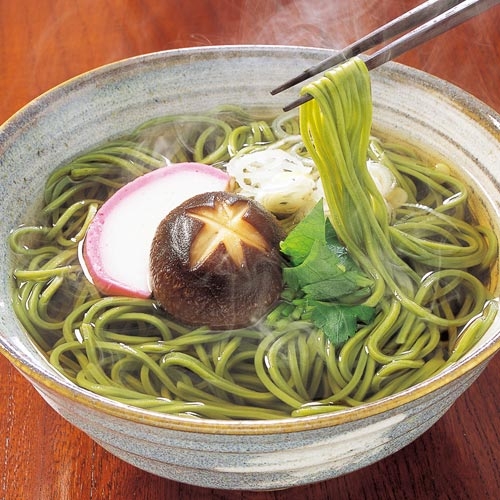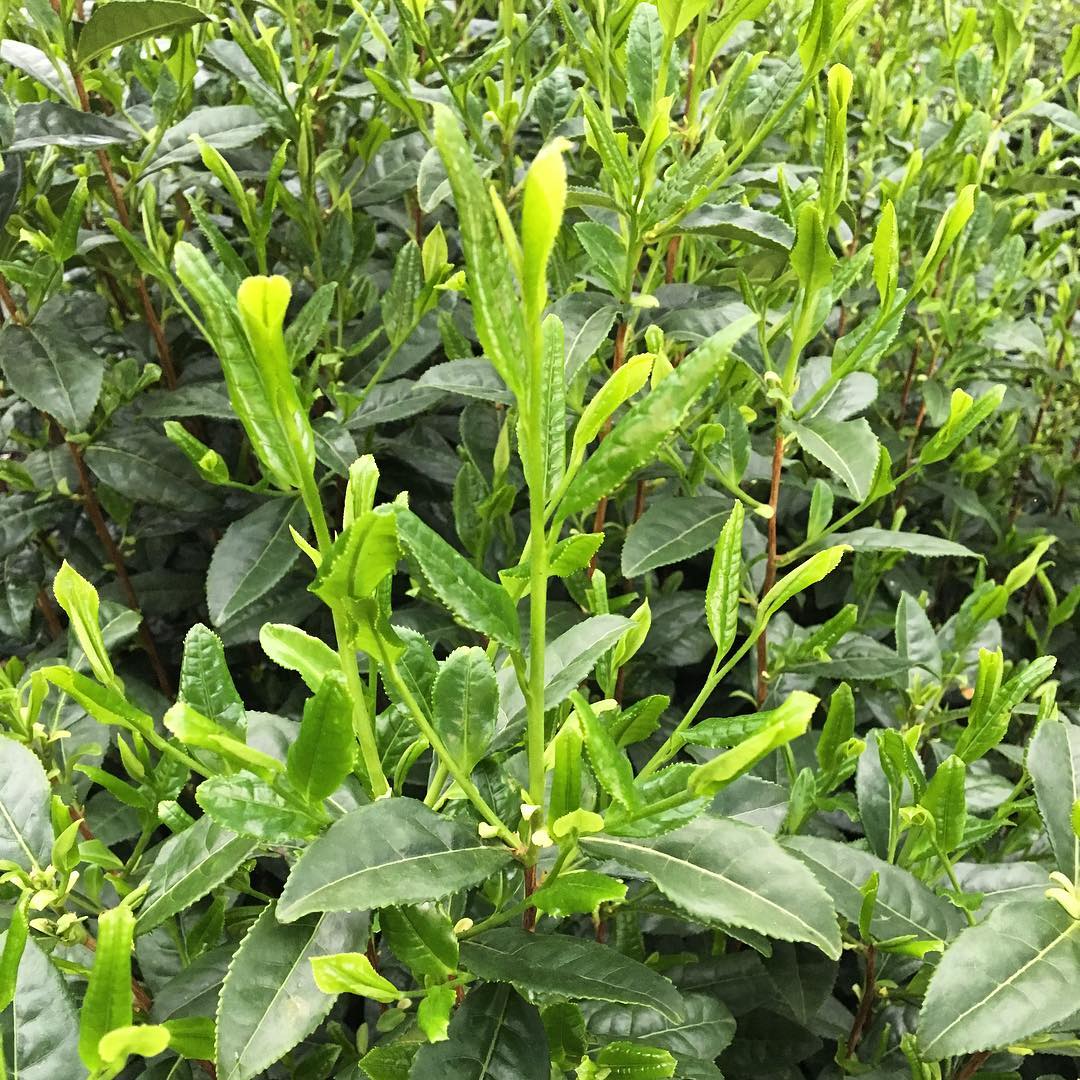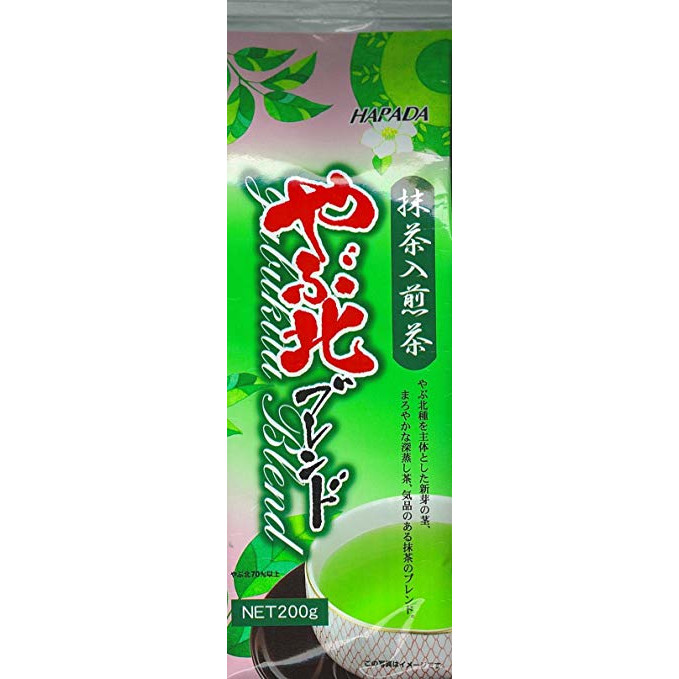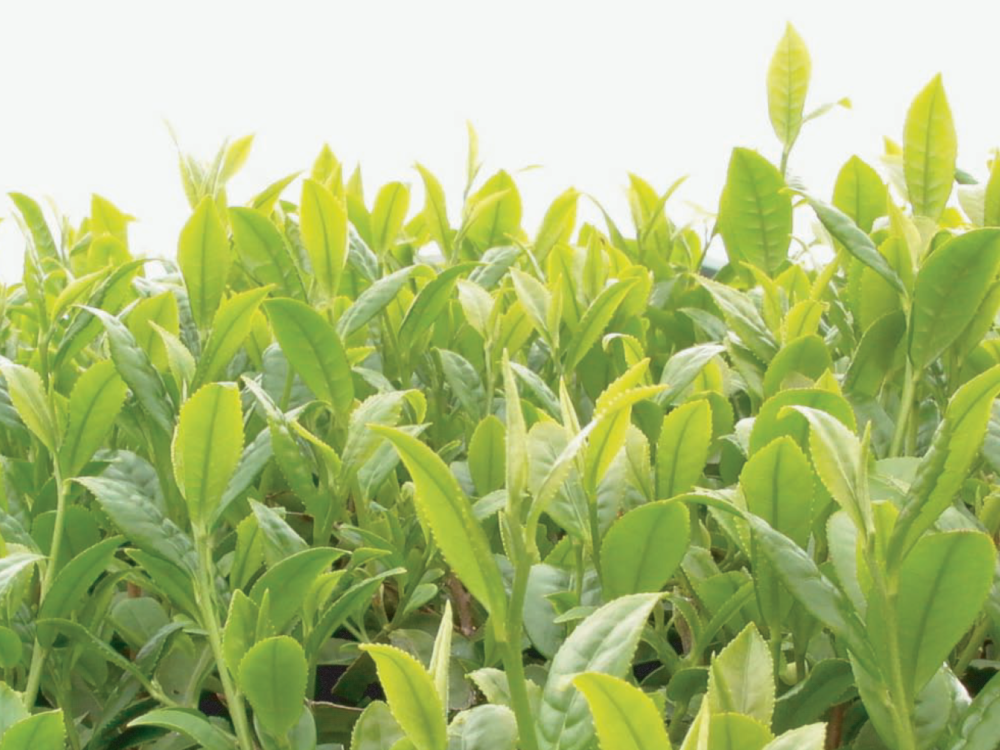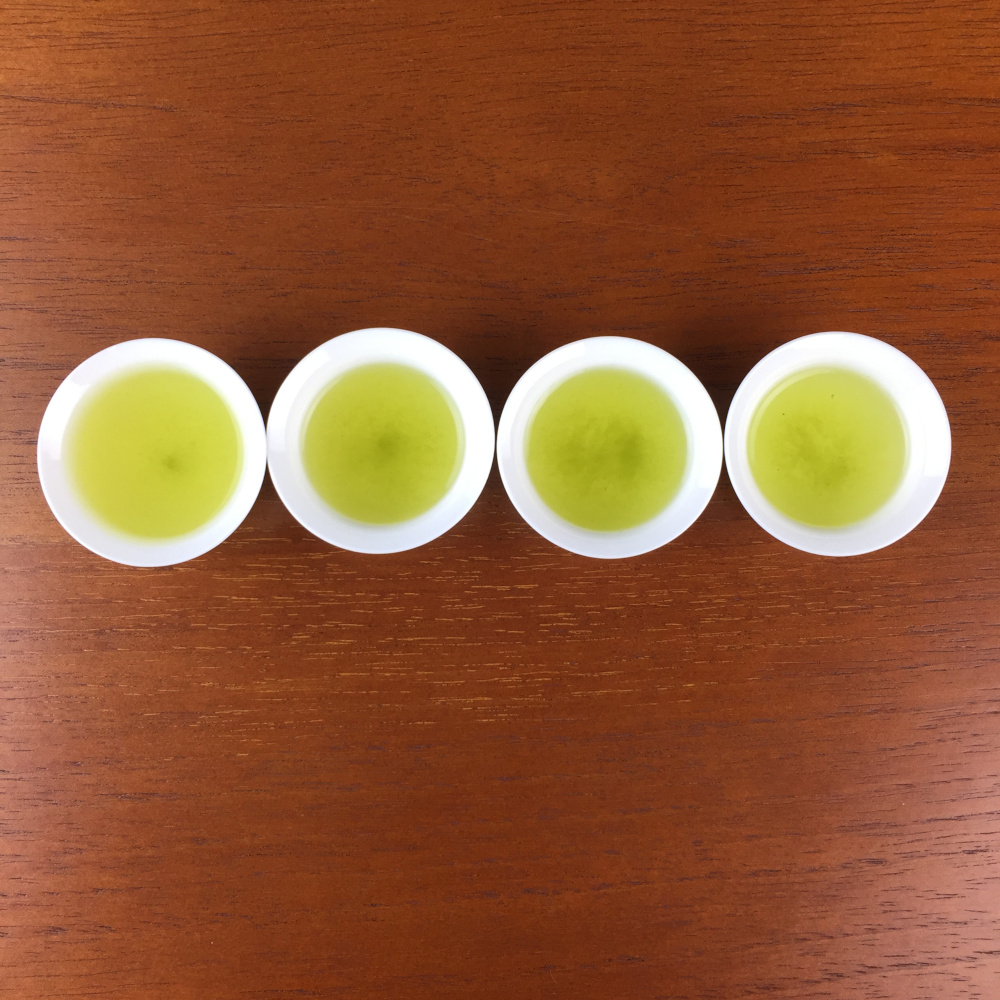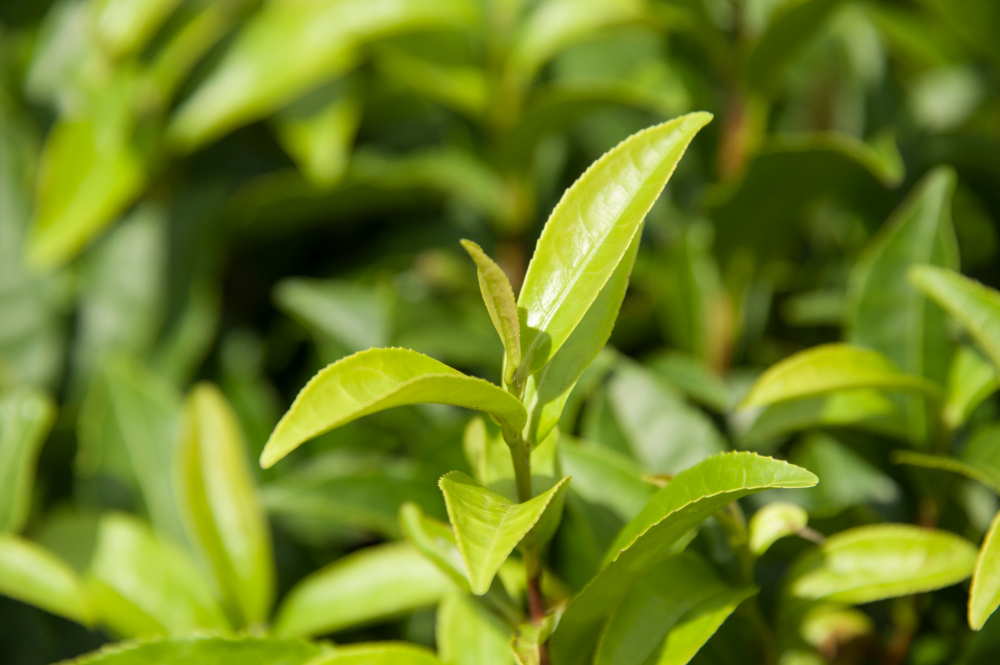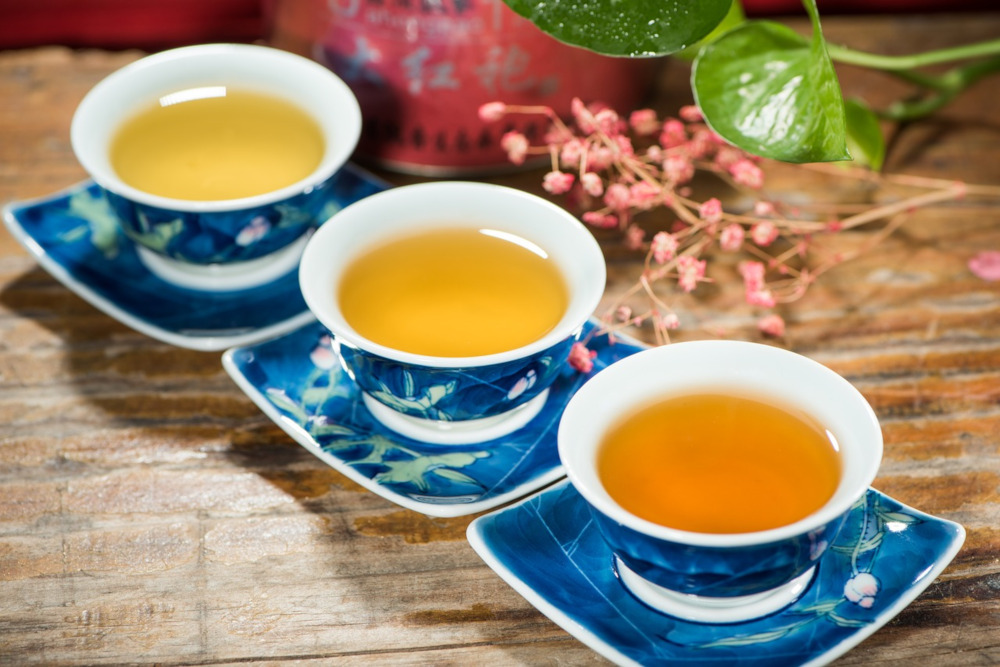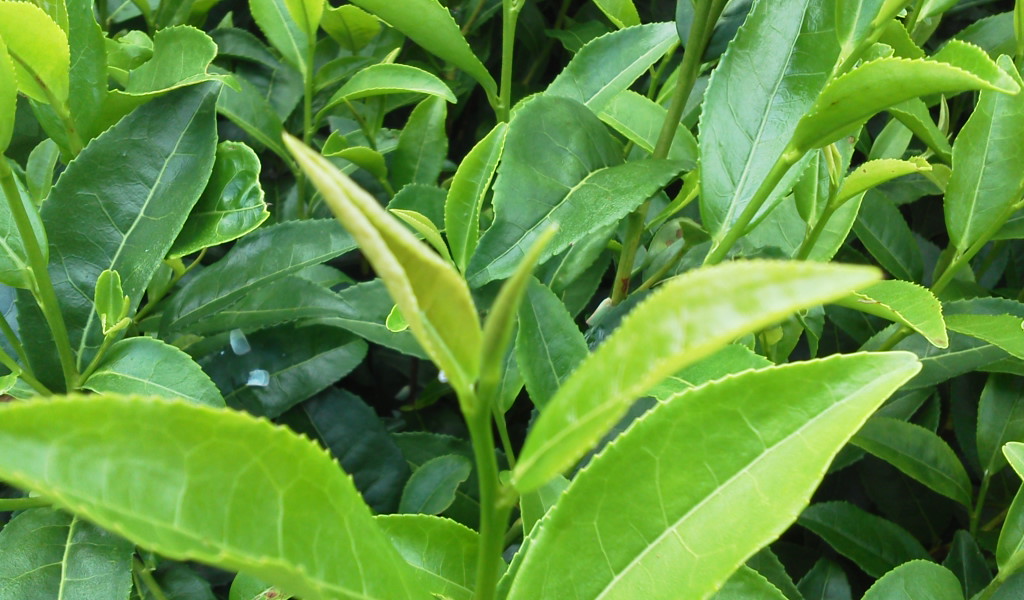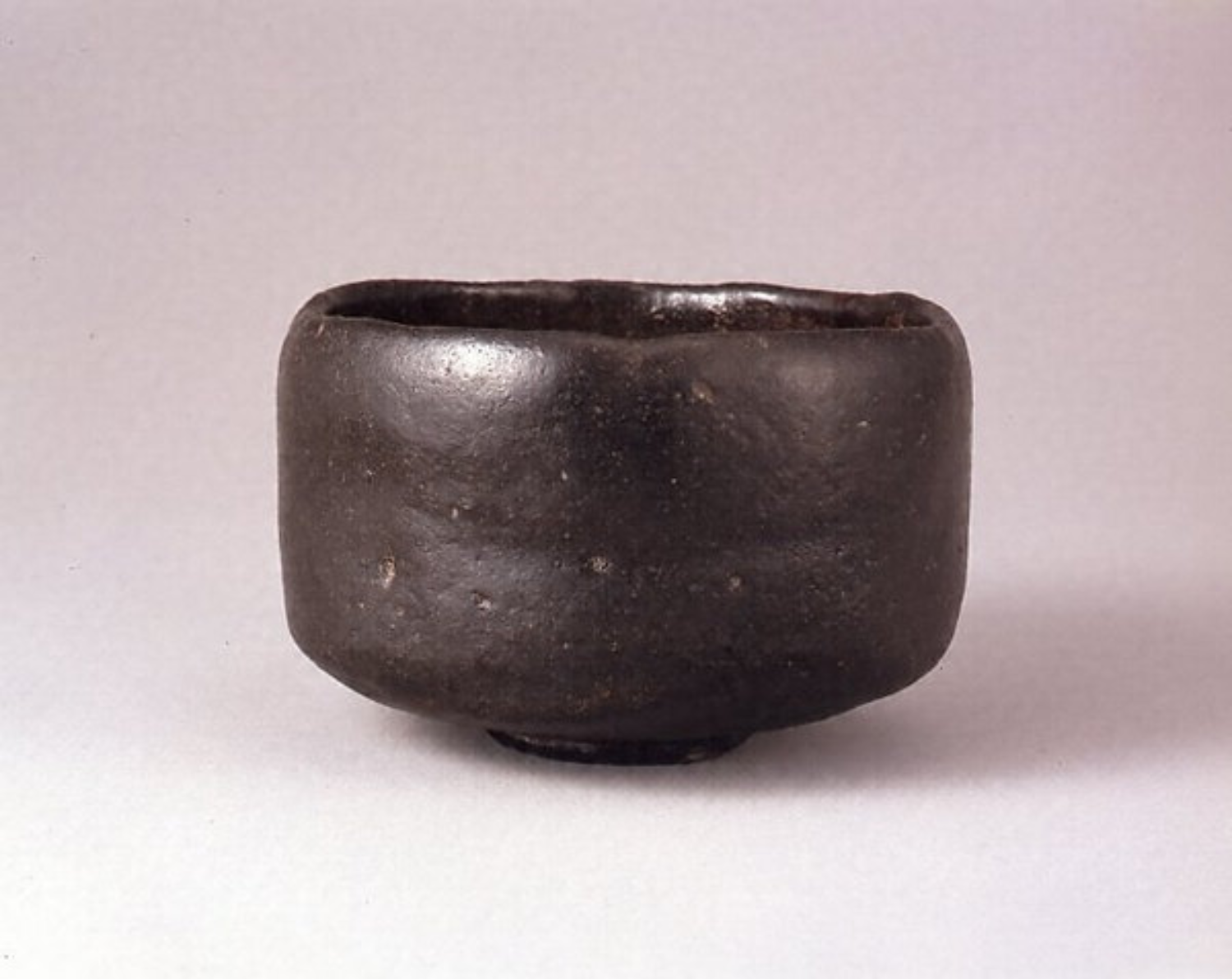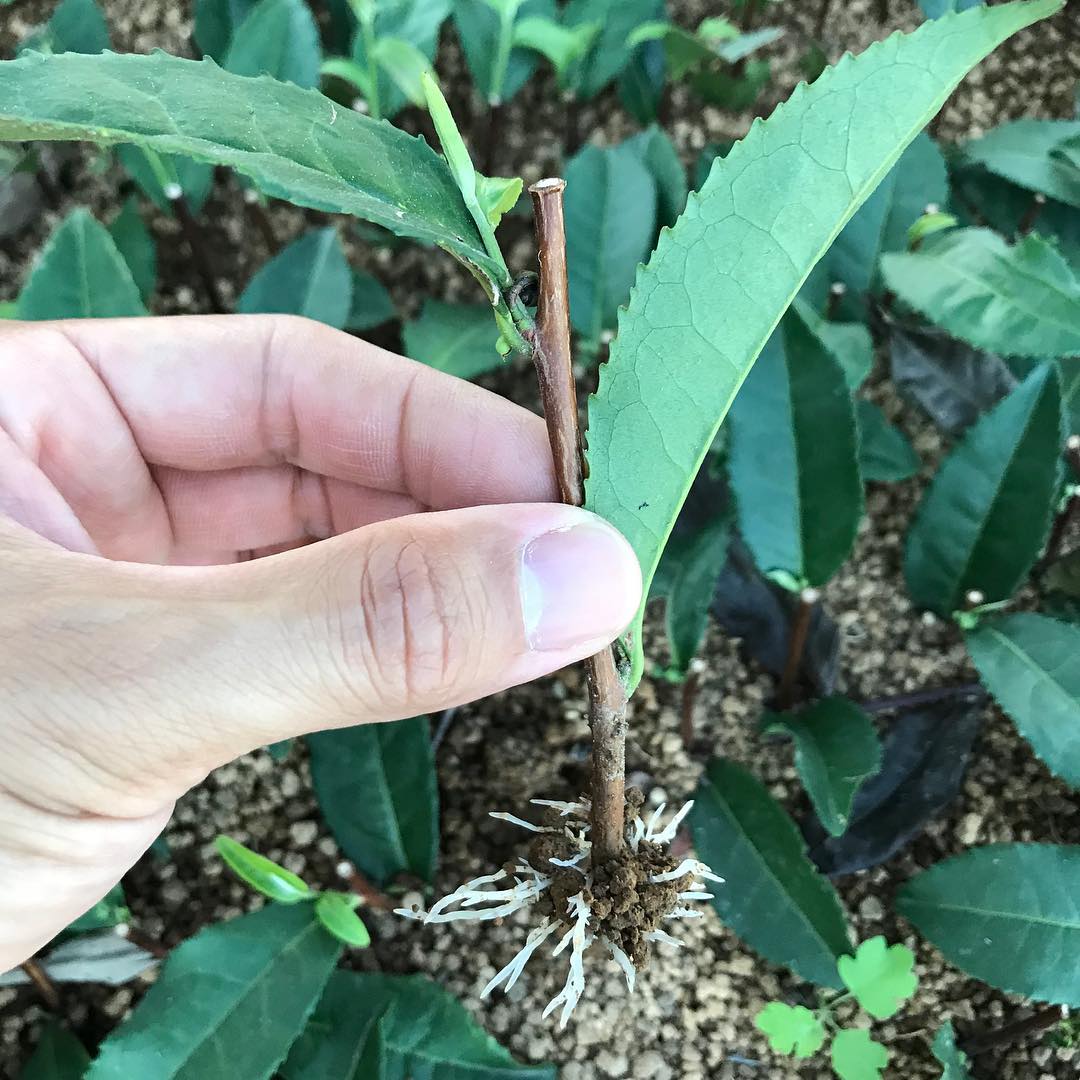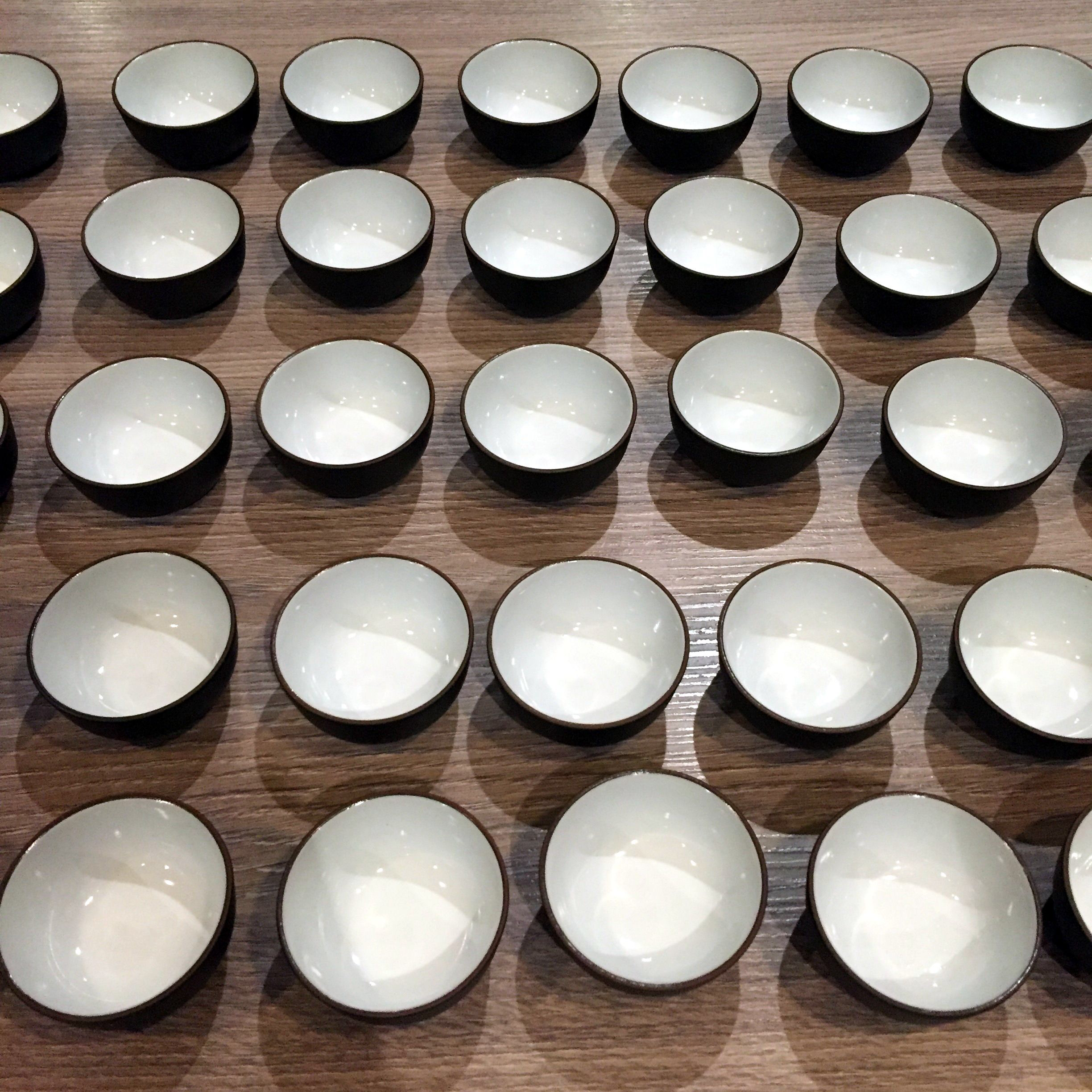Soba are a type of Japanese noodles. They are made with buckwheat flour and wheat flour. There are different types of soba, but for this blog the most interesting...
Japanese Names with the Symbol for Tea
I searched online and made a list of Japanese names that have the Chinese symbol for tea: 茶. It’s not an exhaustive list, however. While I haven’t met anyone...
The Terakawawase Tea Cultivar
The name Terakawawase (寺川早生) comes from Terakawa Toshio (寺川俊男), the registrant of this cultivar, and the term ” waseshu” (早生種) which refers to early budding cultivars. It was developed...
Top 3 Largest Japanese Tea Companies
¿What are the largest tea companies in Japan? When I first started researching this topic, it turned out that the biggest companies in the Japanese tea industry didn’t cultivate...
The Shunmei Tea Cultivar
Shunmei (春茗, しゅんめい) means “spring tea”. The name implies that it is an early budding tea cultivar. On a warm region, it will bud four to five days earlier...
Stacking Tea Infusions
Stacking infusions means that you re-infuse a given tea and then mix it with a prior infusion. Why do this instead of drinking each infusion separately? One reason might...
The Yutakamidori Tea Cultivar
I hadn’t written about Yutakamidori because it’s not an officially registered cultivar, but it ranks second after Yabukita in terms of cultivated area in Japan. Yutakamidori (ゆたかみどり) means “abundant...
About the Color of Black Tea
Black tea looks very different from green tea because of its oxidation process. Let’s take a look at this from a chemical point of view. Polyphenols are compounds naturally...
The Harumidori Tea Cultivar
Harumidori (はるみど) means “spring green”. This tea cultivar can be cultivated in all tea producing regions of Japan and thrives in cold weather. It is meant for sencha production....
Wabi Sabi
Wabi sabi (侘び寂び) is a Japanese sense of aesthetics that finds beauty in the natural, imperfect, incomplete, and impermanent. It’s not easy to define, even for the Japanese. But...
The Ryoufuu Tea Cultivar
Ryoufuu (りょうふう, 涼風) means “cool breeze”. This cultivar was developed in Shizuoka prefecture for sencha production. The name comes from the fact that it has a refreshing aroma and...
How to Make Tea for Many People at Once
Sometimes you’ll find yourself having to make tea for more guests that what your teapot allows, or perhaps you need to make a large amount of tea for an...


